-

Objectives: •Determine the MeHg concentrations, total mercury (THg) concentrations, caloric content, and MeHg:calorie ratios for a diverse range of freshwater invertebrates. •Investigate how environmental characteristics may influence the MeHg:calorie ratios of freshwater invertebrates. Lucy Boyne Lucy is a 4th year honours Environmental Science...
-

Objectives: •Determine if there is a correlation between arsenic contamination in soils and the Alnus spp. present in the tailings •Quantify arsenic present in the environment in both soils and Alnus spp. tissue using ICP-MS and XRF. Nova Scotia has many legacy gold mining sites...
-
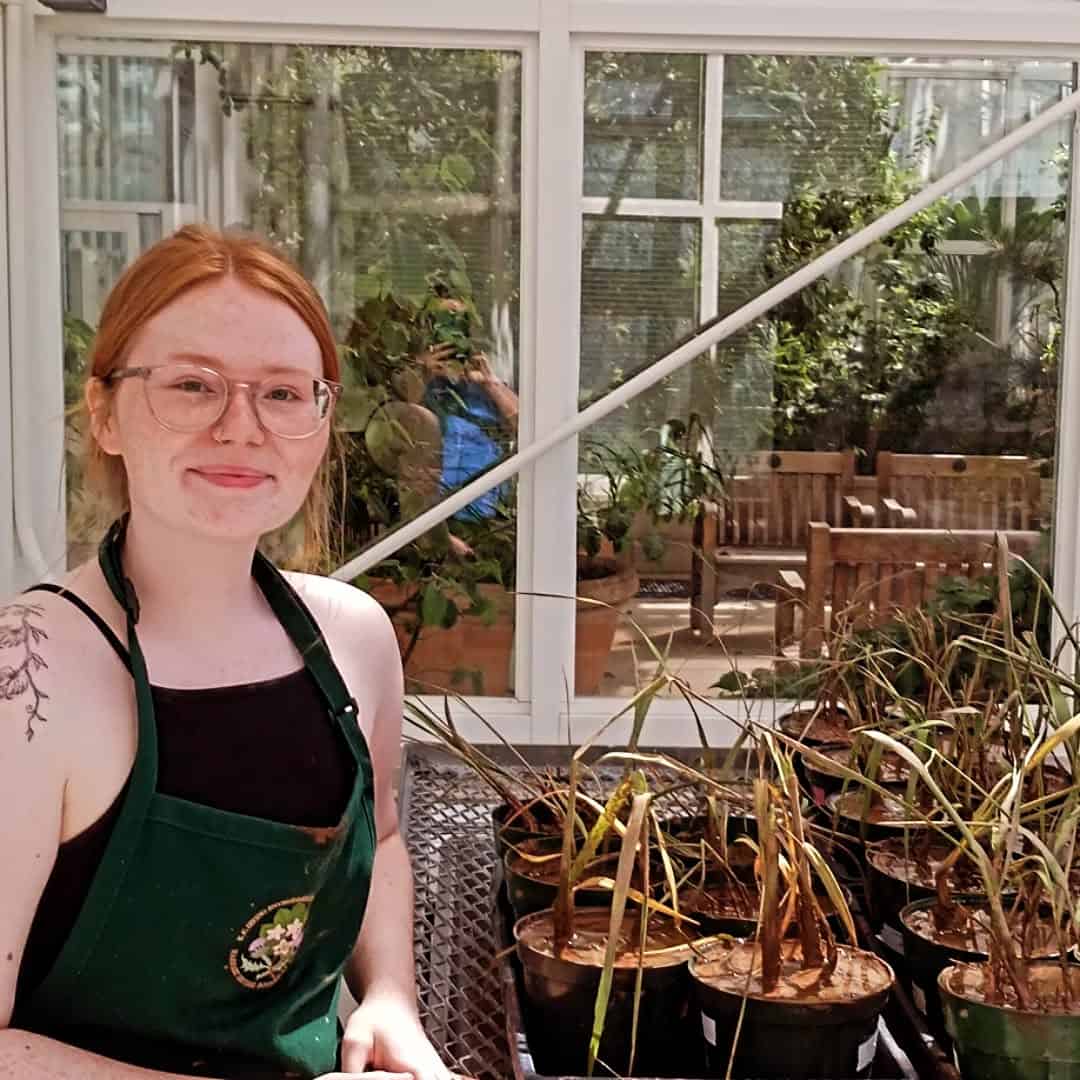
Salt marshes are known to harbor arbuscular mycorrhizal fungi (AMF), which are obligate biotrophs that contribute to plant health by enhancing nutrient assimilation, water uptake, and reducing exposure to soil-borne pathogens and phytotoxic heavy metals. AMF can be propagated and applied to...
-
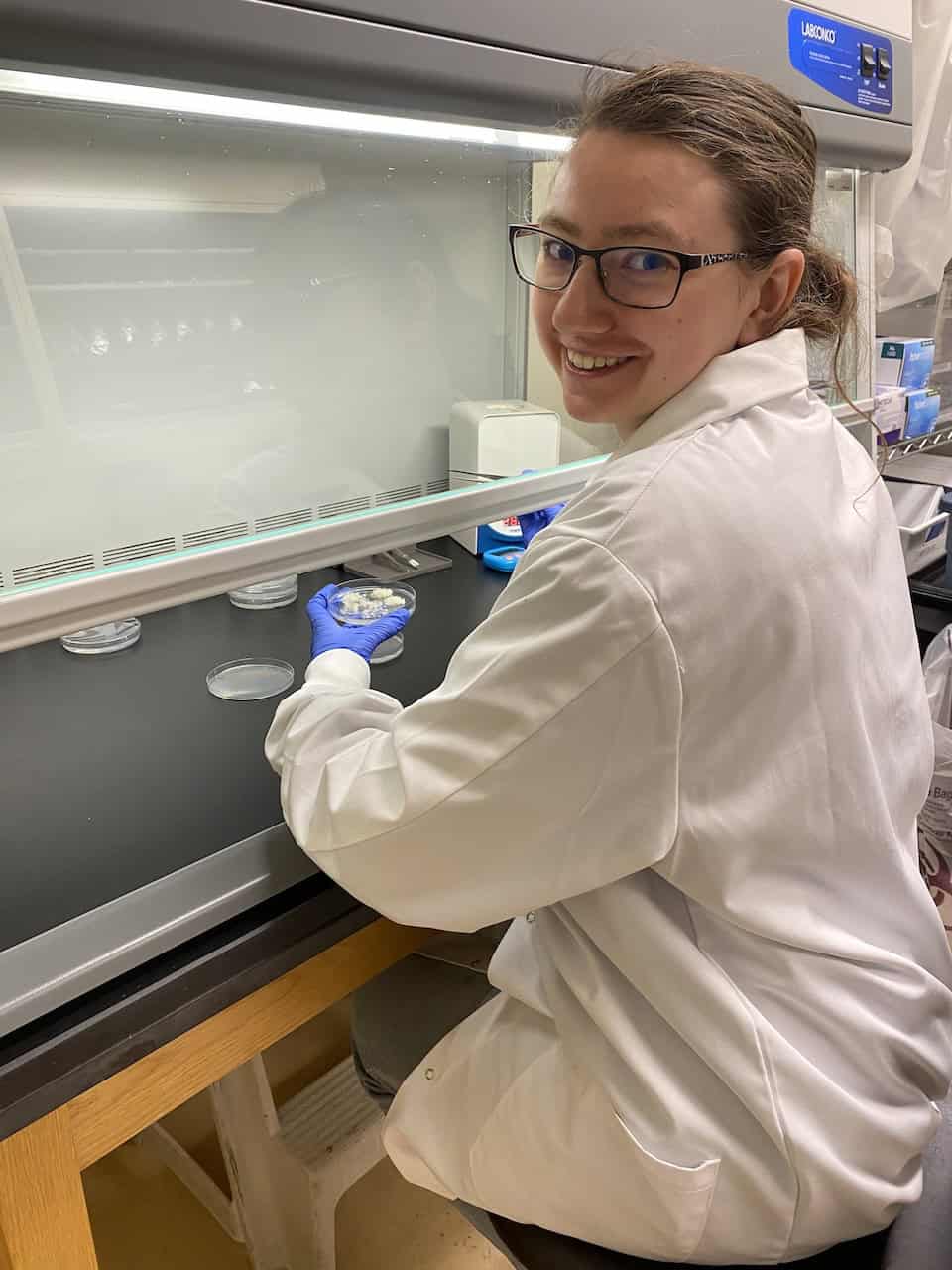
Project objectives: 1.To initiate new lines of Balsam fir using somatic embryogenesis by dissecting embryos from Balsam fir seeds and placing them on media to promote growth of embryonic tissue (callus). 2.To maintain callus initiated from embryos last year. 3.To cryopreserve Balsam...
-
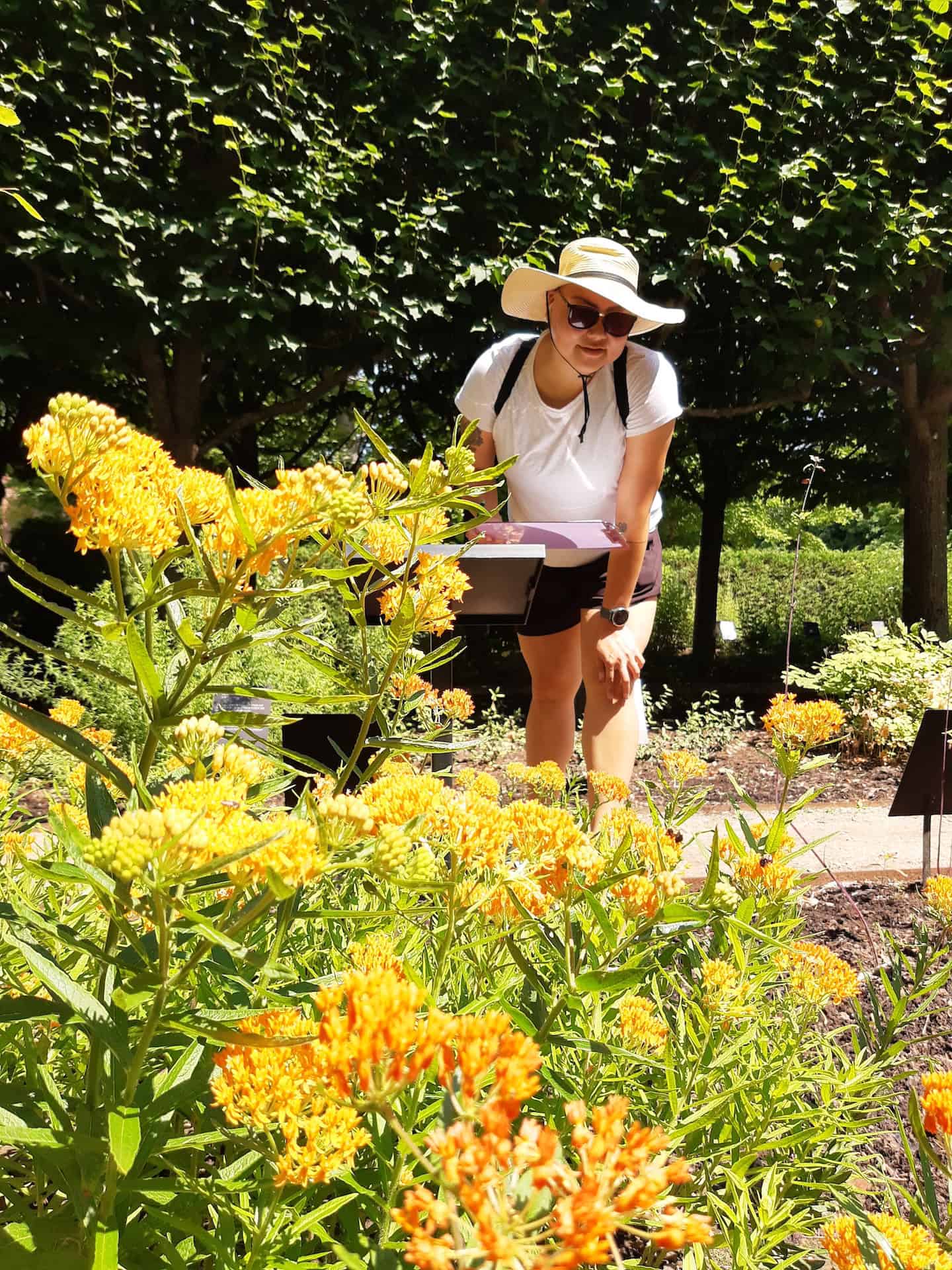
Pollinator species are crucial members of our ecosystems as they contribute to biodiversity and plant reproduction. Bees, butterflies, beetles, flies, wasps, and bats are all pollinators! Pollinators are vulnerable to climate change; therefore, it is necessary to do what we can to protect those who live alongside...
-
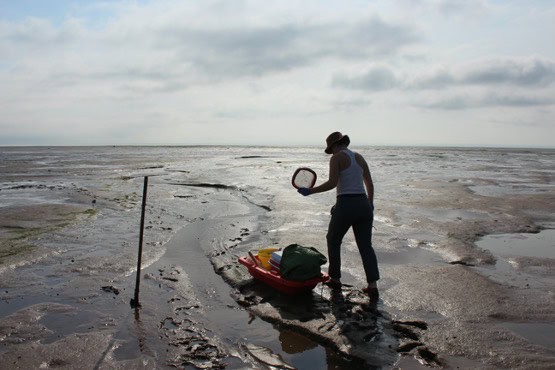
Objective: To determine if riparian spiders have a higher concentration of bioaccumulated methylmercury (MeHg) due to their higher trophic placement than terrestrial spiders. Both total mercury (THg) and methylmercury (MeHg) in spiders and soils collected on the Island of Hawaii by Dr. Kirk...
-

Objectives: With temperatures warming, we expect to see that some species will shift their flowering times to earlier in the year. Species that are able to shift their flowering times in line with climate change are thought to be less at risk from climate...
-
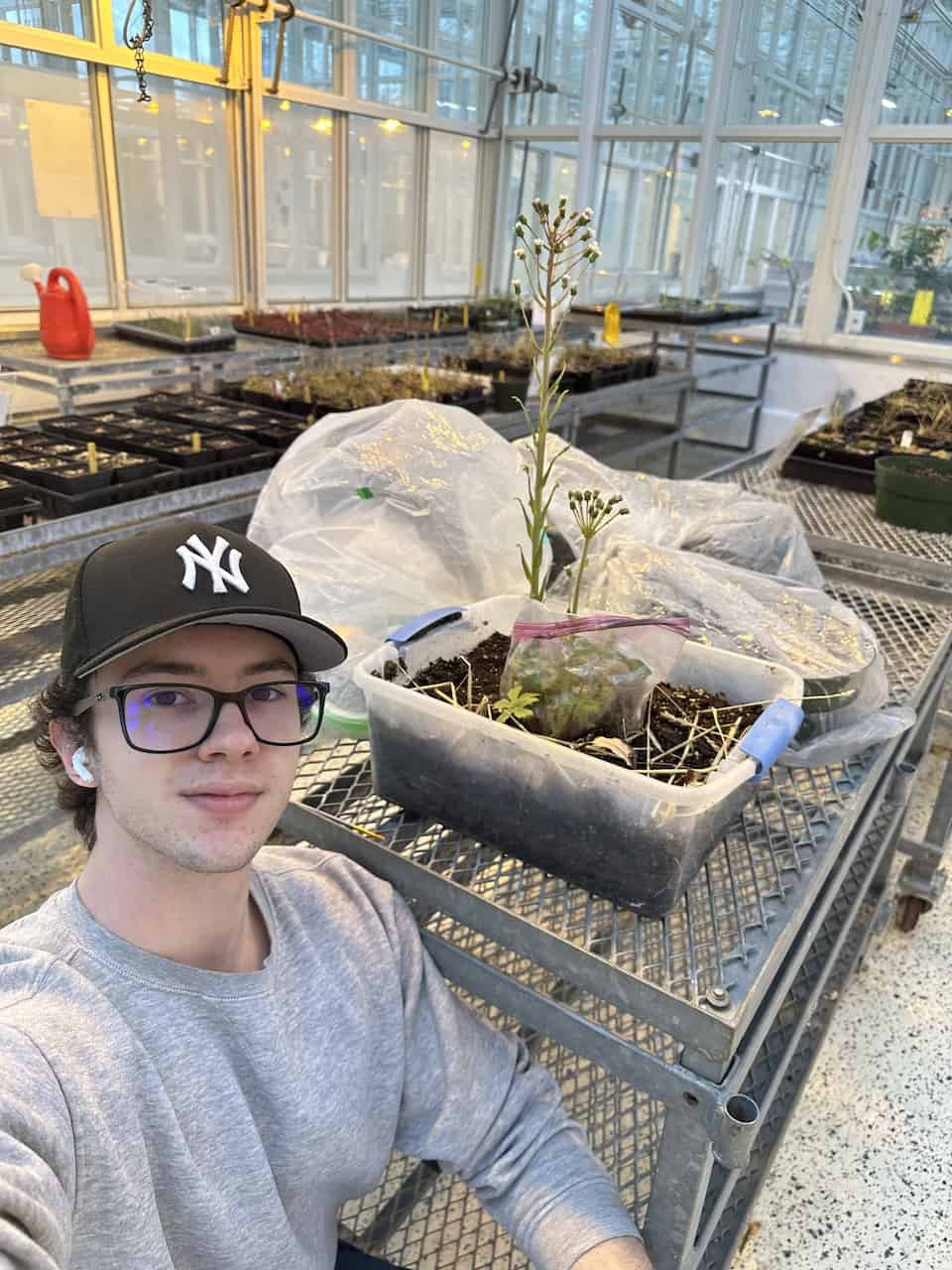
Objectives: Seeds of Iva frutescens were collected at the Wolfville mud flats. Seeds were placed into germination trays to test germination rates. The seeds were tested for seed viability using tetrazolium chloride, a chemical that will turn the embryo red/pink when the seeds are viable and respiring. Rhizomes of Petasites frigidusvar. palmatus were cut...
-
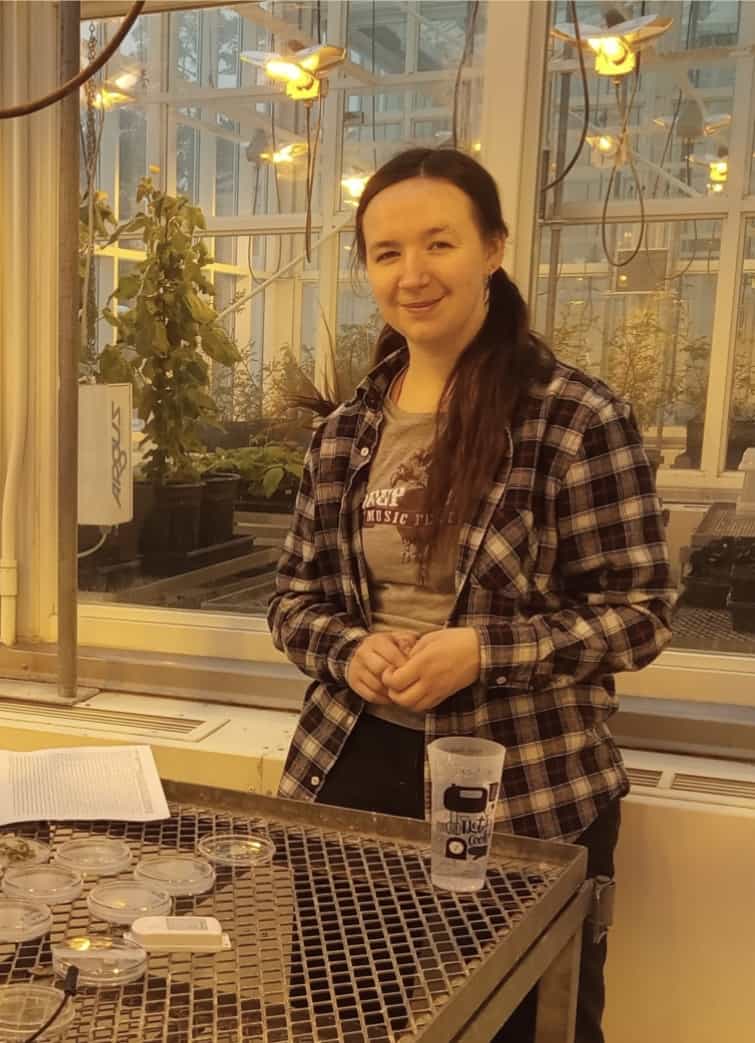
As extreme weather events become increasingly common, this experimental procedure hopes to determine how extreme hot, cold, or wildly fluctuating temperatures in spring will affect plant growth and the risk levels for plant species in the future. This research is part of...
-

Project objectives: •Identify fungi found growing on pieces of marine plastic from Nova Scotia beaches •Quantitatively and qualitatively test their plastic biodegradation capabilities •Compare them to strains of the same species not grown on plastic The reason why some fungi can degrade...


 Acadia University
Acadia University
K.C. Irving Environmental Science Centre
Harriet Irving Botanical Gardens
Acadia University